Ask An Optometrist
Q: Are the more expensive brands of contacts for dry eyes (e.g., Acuvue Oasys® vs. Sofmed®) really any better (or different) than the cheaper ones?
Answer: The sale price alone does not necessarily determine superiority of certain contact lenses compare to another. However, due to the advancements in the materials employed to make contact lenses, some contact lenses are more apt to improve the comfort among contact lens wearers with dry eyes.
Contact lenses vary in regards to their level of water content, lens composition, and oxygen transmission, which all can contribute to determining patient’s subjective level of comfort while wearing contacts.
In regards to the effects of different water content of contacts on dry eyes, low water content contact lenses generally provide better comfort compare to high water content contact lenses. This is contrary to the general misconception that high water content contact lenses may be better for dry eyes. Contact lenses with more than 50 percent water content are considered “high water,” and less than 50 percent water content are considered to be “low water”. High water content contact lenses tend to lose their moisture to the dry environment through dehydration. In order to compensate this loss, the contact lens material draws tears from the corneal surface to retain their wetness, thereby worsening dry eye symptoms and consequently increasing discomfort while wearing the lens.
As to the influence of lens material on dry eyes, soft contact lenses are traditionally made with hydrogel lens material (e.g. Sofmed®) which is made in combination with hydrophilic, i.e. “water-loving” polymers that help to preserve water and maintain the moisture. In these contact lenses, the percentage of water content fluctuates, depending on the brand. In comparison, the newer lens material, silicone hydrogel lenses (e.g. Acuvue Oasys®, Sofmed® Breathables®) generally contain lower water content than the traditional hydrogel lenses along with higher level of oxygen transmission, which is crucial in maintaining good ocular health. Subjective symptom of dryness tends to occur less frequently with low water content silicone hydrogel lenses, thereby increasing comfort and tolerance towards the end of the day.
Depending on the lens composition, some contact lenses absorb components (e.g. lipids, proteins and mucins) from the tear film more readily than others, which can also have an effect on subjective comfort and dry eye symptoms. For example, contact lenses made with non-ionic polymers with high water content tend to be prone to lipid deposition and contact lenses made with ionic polymers with high water content tend to be prone to protein deposition. In comparison, most of the silicone hydrogel lenses are non-ionic, low water content materials which are less susceptible to deposition, dryness, and discomfort at the end of the day.
In addition to the different contact lenses, there are other patient related factors which can influence contact lens related dry eye symptoms, including patient’s gender, nature of dry eyes, environment, lens care solutions and rewetting drops used. Some FDA approved brands also have been found to be particularly helpful to improve comfort for contact lens wearers with dryness symptoms, and you should consult with your eye doctor for specific recommendations.
Grace M. Kim, O.D.
Clinical Advisor Panel Chair for America’s Best Contacts & Eyeglasses
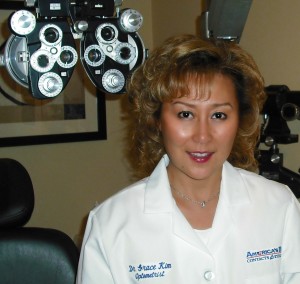
Dr. Kim received her Doctorate from the Pennsylvania College of Optometry. Prior to entering optometry school, she worked as a research biologist at the Department of Microbiology and Immunology of the Uniformed Services University of the Health Sciences. She was involved in electron microscopy, ultramicrotomy and immunocytochemistry, in which fields she received acknowledgements and co-authored presentations, abstracts, and articles which were published in the Journal of Eukaryotic Microbiology. Following graduation, Dr. Kim joined National Vision’s America’s Best Contacts and Eyeglasses. Since 2007, Dr. Kim served as Chairperson on Clinical Advisory Panel. She is also a Doctor Mentor in which position she trains newly hired doctors and assist in conducting performance reviews on the Peer Review Committee.


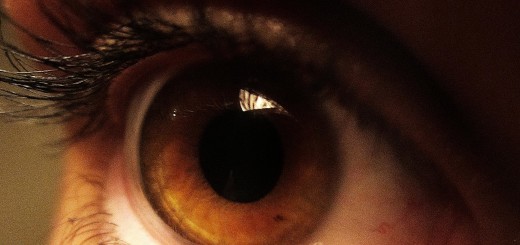

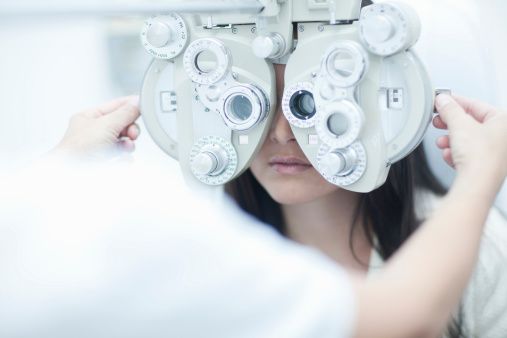
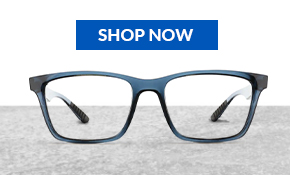
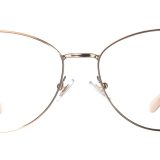
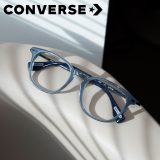
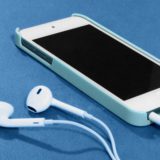


I am wonder if my eyeglass prescription can be wrong. I have never wore glasses before. I went to get an annula eye exam and was told a need a prescription for glasses -.50 both eyes. I filled the prescription and every time I put on the glasses everything is slightly blurry exspecial in stores. I can better without them and everything to include distance is not blurry at all without them. While I was waiting for the doctor to come in I noticed the tech. wrote chief complaint blurry vision on the form, and I never complained about blurry vision. I even told the doctor that nothing was blurry to me. While wearing the glasses I get a migrane almost instantly. The place I got the galsses from told me I have to get use to them. It’s been a few days and nothing is getting better. So could the prescription be wrong?
Hi, while it can take a little adjustment period if you’ve never worn glasses in the past, if you’re continuing to have issues, you should return to your eye doctor. They can check your prescription as well as the prescription for the lenses to ensure everything is as it should be. If we can help further, please let us know.
I just went the eye doctor last Thursday (Feb. 13 2014) The gave me an eye exam and prescribed
SPH CYL AXIS ADD
OD +75 +150
OS +25 -50 122 +150
I picked my glasses up Wednesday Feb 19, 2014. I got HD lens, no line bifocals, glair protection, transitions. When I put them on looking in say a 10 feet radius I saw great. But if I looked at a far distance it was so blurry and distraught that I actually got sick and threw up.
They put me back in to see the doctor and was given a completely different prescription.
SPH CYL AXIS ADD
OD +100
OS +100
I am a bit confused. They said the stigmatism could not be corrected with lenses that there was nothing they could do about the slight blurriness that I have at a distance. I am not happy about that. I feel I have just wasted $500, cost of exam and glasses and that my sight is not going to be any better. I am really tired of these horrific headaches caused by eye strain, the pressure in my eyes, the blurriness, and me not being able to read at all.
What do you recommend? And could you help me understand what the difference means in the prescriptions. And NO I am not a diabetic. I have perfect health except for these intense headaches.
Thank you!
Mary Jo
i had my eyes examined last fri & was told my glasses would be ready with in a week..now i got to wait longer,,my eyes are hurting to see far…what am i suppose to do ?
Hi Bobby, can you let us know which location you visited? And did someone from the store contact you to tell you the wait would be longer? Thanks for letting us know.
I purchased eye glasses for 219.95.When I went to pick them up they were worst than my old glasses.
To correct them it would cost 12 dollars.
To get my money back it cost 60 dollars.
I feel because they made a mistake they should not charge me .
I would not recommend American Best. The 69.95 is a come on to sell there product.
Hi Robert,
We’re very sorry that this was the experience you had in our store. If you’re still having problems, please send us an email at Americasbest@nationalvision.com with the store you visited, the name on the account and the best way to get in contact with you. Thank you for reaching out.
I am a diabetic & I need an eye exam. Do ya’ll do this type of exam? If so, what is the charge?
Hi Joyce,
When you schedule an exam, you can point out that you’ll need extra assistance from the doctor because of your diabetes. We hope we’re able to help. Thanks!
I was told 2 yrs ago that next time I get glasses, they would definitely be bifocals. I missed my exam last yr. Well, my glasses just broke in half! They are the rimless kind and I see no fixing them. How much more do the bifocals typically run?
Hi Tiffany, Lined bifocals start at $99.95 with single vision uncoated plastic lenses for glasses priced at $59.95. Any lens upgrades or more expensive frames will increase the price. Please let us know if you have any more questions!
Hi I was wondering if there’s a visual difference between Sofmed 55 and Sofmed breathables advanced. I’ve been using the 55’s but my last visit they gave me the breathables advanced. It’s the same prescription and I even compared the boxes. But I noticed a visual difference immediately when I put in the breathables. Best way I can describe it is that my right eye seems a bit more blurry or a slight double vision which gives my whole vision a more warp-y feel like when you up your prescription. I tried a couple different contacts from the box thinking maybe I got a defective one but they’re all the same. Is this normal when changing types? Do I just need to give it time or is there a distinct difference in vision between the 2 that some time won’t fix? I know breathables are supposed to retain more water, is this extra water getting in the way? My left eye seems to be just fine
Hi Sara, We’d suggest letting your doctor know about the issue you’re having with your right contact lens. There is a difference in the technology of the 2 lenses so we’d definitely suggest speaking with the Optometrist. Please let us know if you have any more questions!